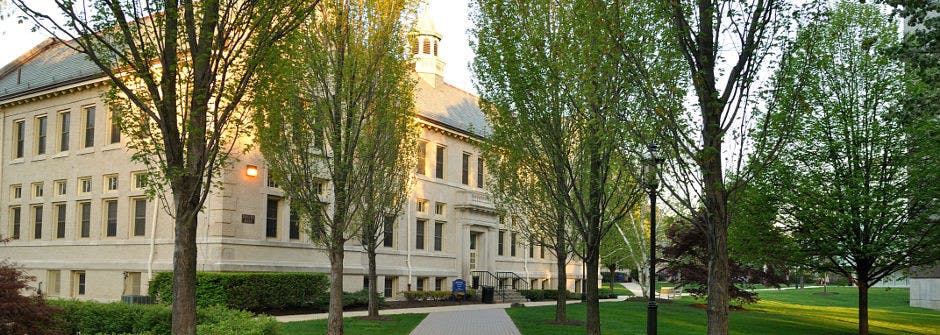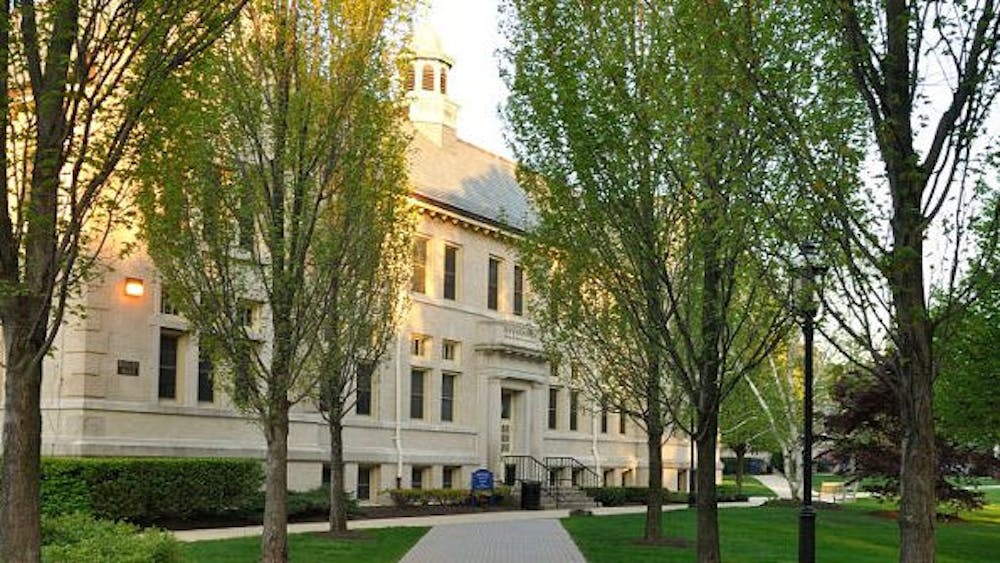Seton Hall announced their annual tuition hike for the 2019-2020 academic year, as well as increases to the semesterly student fee and room and board. The increased tuition price means that for the first time it will cost undergraduate students more than $40 thousand for a full academic year at Seton Hall.
A campus-wide email from the Provost’s office confirmed that rates for the coming year would rise to $20,730 per semester, an increase of $780 or 3.9%. Additionally, housing costs will increase by 3.45% -- part of which will cover the cost of unlimited laundry for resident students -- and board by 3%. Student fees for full-time students are also set to inflate from $465 to $480 with part-time student fees rising from $140 to $150.
The price increases are relatively consistent with increases from prior years. Last year, tuition rose by 3.9% as well, while room and board costs were raised by “approximately 3%” according to the email from the Provost in April 2018.

“The tuition-setting process is exhaustive and many stakeholders from the University, including members of the Faculty Senate, the SGA, deans and administrators, serve on this important work,” Interim Provost Karen Boroff told The Setonian about the process. Boroff noted that when setting the new rates, the Board of Regents Budget Committee tries to anticipate potential cost increases for the coming year and attempts to adjust tuition as accurately and fairly as possible. Additionally, Boroff indicated that University Chief Financial Officer Steven Graham worked with the Vice President of Enrollment Alyssa McCloud to compile a list of competitor schools that the board also examined when attempting to determine the coming year’s price.
Offering insight into the process of determining which schools Seton Hall defined as competitors, Graham was restricted in what he could reveal as certain information is proprietary but noted that Seton Hall takes data such as endowment size, student population, religious affiliation and status as a public or private institution into account. Those metrics – as well as others -- are then run through a formula and from there, a series of lists are created of the most comparable institutions.
“Based on those groups, in terms of the raw tuition pricing we are definitely lower,” Graham said.
According to data from the Chronicle on Higher Education, Seton Hall’s tuition has risen faster than comparable institutions in New Jersey. For the 2018-2019 academic year, the average tuition increases for private 4-year institutions in New Jersey clocked in at 2.4% compared with Seton Hall’s 3.9%. Additionally, Seton Hall ranked as the fourth most expensive institution among all colleges and universities in the state for that year strictly on tuition and was the third most costly overall when room and board were factored into the price.
Graham noted, though, that the most comparable institutions to Seton Hall in New Jersey – Fordham and Farleigh Dickinson – have both had tuition hikes above 4% in recent years, a line he noted Seton Hall hasn’t crossed in past years.
The new rates are also coming in the wake of a petition that circulated in November 2018 from the Seton Hall chapter of the Young Democratic Socialists of America (YDSA), which called for a cap on tuition increases for incoming and transfer students of 2.5% per year and a tuition freeze for all current students. The petition claimed that such measures were necessary due to the “unusually high” increases in the cost of attendance at Seton Hall when compared to similar schools. The petition garnered about 500 signatures.
In her email to the University, Boroff mentioned upgrades to buildings around campus as well as increased course offerings and a low faculty to student ratio as justifications for the price tag. Additionally, Graham also cited factors such as health benefit costs that are rising faster than inflation and New Jersey’s new minimum wage law as reasons for the increased rates, as well as Seton Hall’s desire to continue physical construction on campus without having to take out massive amounts of debt.
“That money comes in and gets reinvested into the students and the student experience,” he said.
Boroff echoed those sentiments, calling the increases "modest” and claimed that they would help maintain the characteristics of a Seton Hall education.
Seton Hall Assistant Professor of Higher Education Dr. Robert Kelchen disagreed with the Provost’s characterization of the increases as modest, though, remarking that he felt a 3.9% rise in price fell on the “high side of modest,” especially when considering that Seton Hall will now cost over $40 thousand a year in tuition alone.
Student Government Association Secretary Elise Kerim agreed with Kelchen, saying she too doesn’t think that the increase is modest.
“To my understanding, this 3.9% increase is more than what was originally projected,” Kerim said. “The Board of Regents is detached from our student body. They are not present on our campus, nor do students currently have a voice in their body and because of that they are unable to fully encompass the needs of our students.”
Graham, though, disputed that claim saying that the 3.9% number was the one discussed in the months leading up to the tuition hike.
“Great care was taken by the [board] to balance the outstanding Seton Hall education our community expects with the financial impact on our students and their families,” Boroff noted. “To that end, these new rates will enable the University to invest further in academics, facilities and student life.”





